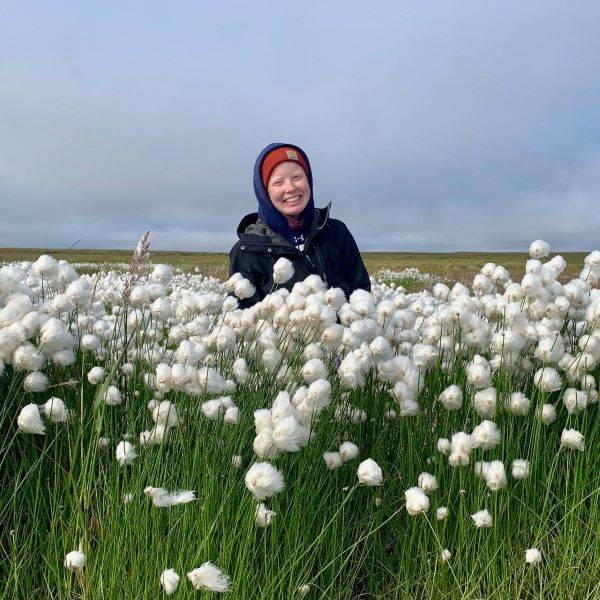Why is Foraging Important?

Foraging Is...
Foraging is the collection of wild resources in the form of animals, berries, nuts, herbs, mushrooms, and more. Both animals and humans can be foragers, either hunting for prey items like other animals, or gathering edible plants like greens and berries. Foraging strategy and success dictates whether or not an organism will be able to survive and reproduce.
All sorts of animals, from black bears to bumble bees, have a unique foraging strategy which allows them to acquire the largest amount of quality resources in the smallest amount of time. Some scientists study these foraging strategies to better understand animal behavior.
Like other animals, humans have different foraging strategies. The most successful techniques often depend on what part of the world the hunting and gathering is taking place. Foraging in the Arctic looks a little different than foraging in the Amazon Rainforest. Before the advent of domesticated farming, early humans all over the world found that hunting and gathering resources to use as food, medicine, or shelter, was able to sustain their communities. Humans have had so much success using foraging techniques that many of them are still in practice today! Hunting and gathering are very important to the culture and survival of the Iñupiat people of the North Slope, along with many other communities worldwide.
[1598563782].jpg)
Native Alaskan People & Subsistence
For the Iñupiat people of Alaska's North Slope, foraging strategy and a subsistence lifestyle have historically been vital to the culture and survival of their communities in the Arctic. Subsistence is the principle that you only hunt or gather enough to support yourself and your family - basically enough to survive and no more. This way, the community can be supported adequately, and the resources may be preserved not only for posterity and cultural importance, but to sustain the community in the future.
With meat and other fresh foods sold at an astronomically high price in rural areas, the hunting of bowhead whale and caribou enables Iñupiat people and other members of the community to have access to fresh meat all year round. And, although edible plants can only be harvested a few weeks out of the year, subsistence gathering similarly allows members of the community access to precious fruits and greens throughout the year to make teas, dried fruits or herbs, and jams.
For the Iñupiat people, foraging is necessary for survival, but also an integral part of culture and tradition. All community activities and events are centered around the seasonal subsistence cycle: trapping in the winter, hunting caribou and whale in the spring, berry picking and fishing in the summer, and whaling and preparing for next season in the fall .Knowledge is passed to children at an early age by elders, and the younger generation learns about yearly animal migration, hunting, and boat making. After berries and plants are gathered, and whale and caribou are butchered, everything is dispersed to village members. Sometimes the villages will hold special events to celebrate the harvest, like the whaling festival, Nalukataq. These celebrations unite the people of the North Slope and help foster a powerful respect and appreciation for the land. Everyone in the community plays an important role in the ritual hunt, butcher and dispersal of caribou and bowhead whale meat.
For more information about Iñupiat culture and tradition, check out our "Life in the Tundra" page under the Science tab!
Safe & Responsible Foraging
If you're feeling inspired and want to hit the trail to do some berry picking, here are a few things to remember to protect yourself and the plant community:
1. Do Your Research
Before heading out, make sure you are familiar with your destination - bring a map or GPS if needed to avoid getting lost. To aid in your search for edible plants, do some light reading on how to identify the berries you're looking for, what habitat the plant prefers to grow in, and at what season the berries will be ripe and ready to harvest. Our Edible Plant Identification page is a great place to start!
2. Be Aware of Your Surroundings
Bears and other animals love berries just as much as we do! This means you may encounter some wildlife while foraging. Carry on a light conversation with a partner or sing to yourself to lessen your chances of running into any wild foragers.
3. Only Take What You Need and Leave No Trace
Preservation of the plant community is extremely important for the Tundra ecosystem as well as the humans and animals that live there! Please only pick what you or your family/community members can eat to sustain the berry or herb population for years to come. That way, humans AND Tundra wildlife can enjoy the bounty. Finally, be sure to dispose of any waste responsibly and leave the area looking better than you found it.

